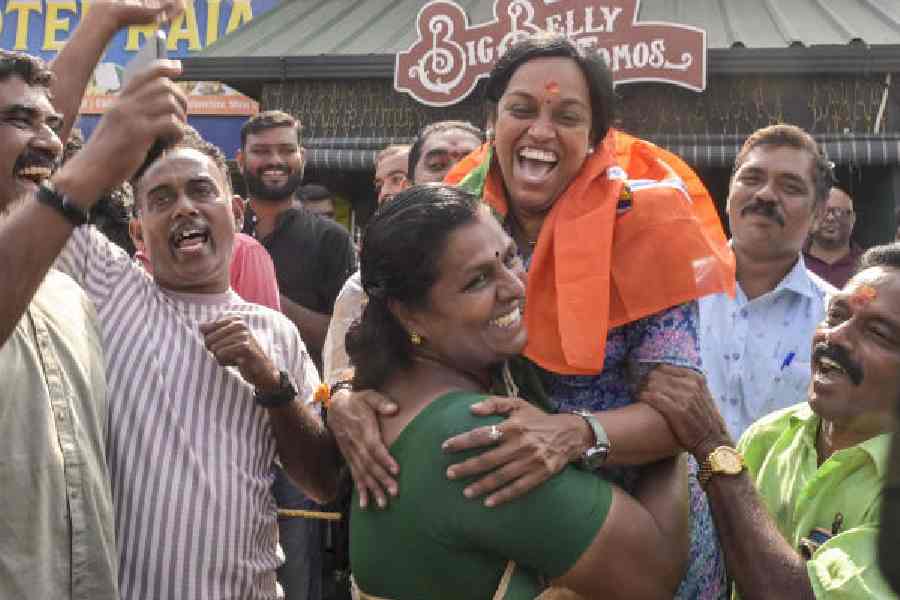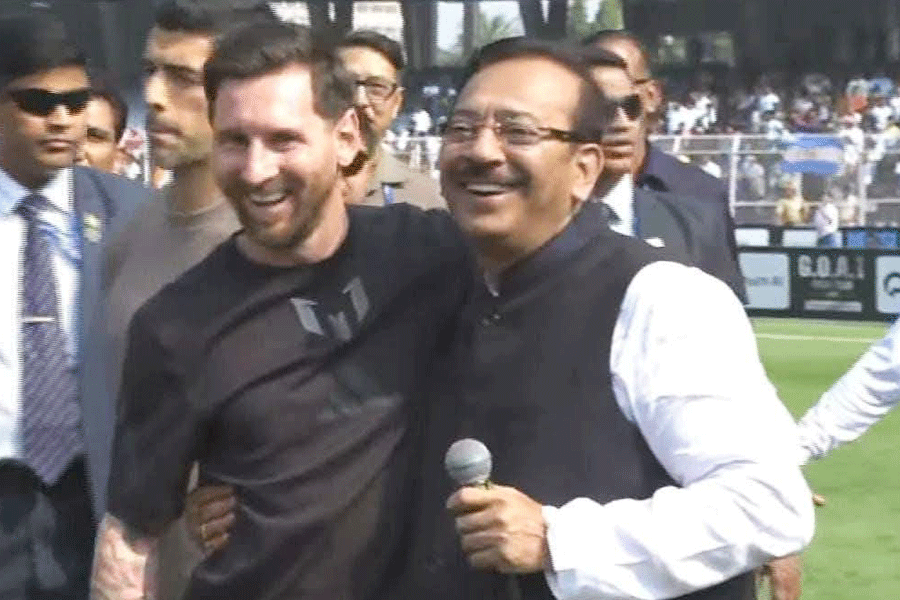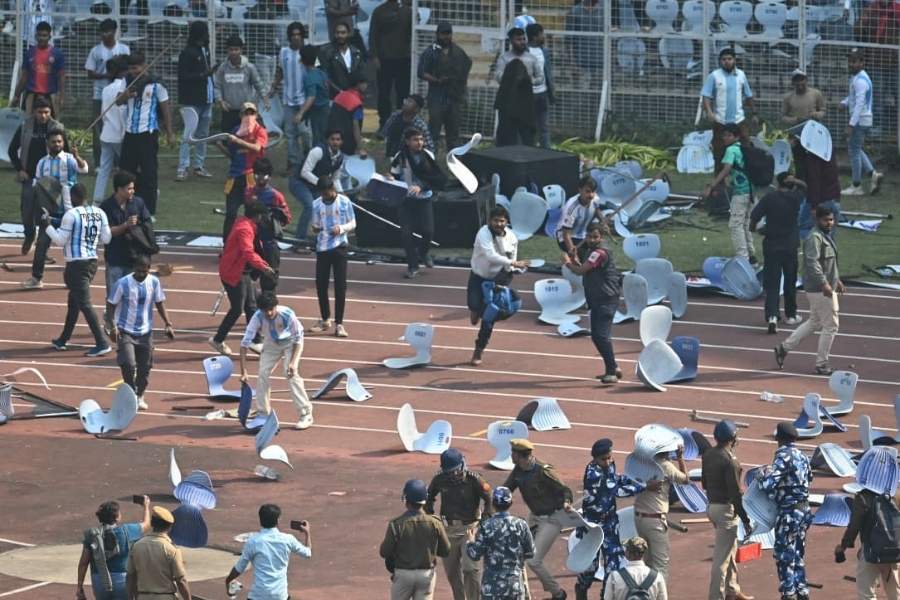In a country where popular cinema has the ability to make an emperor break into a jig, the power of the cinematic imagination cannot be denied
Was Alauddin Khilji blessed with twinkletoes? The maker of Padmaavat - the film has set the streets, but not the screen, on fire - certainly thinks so. The invader, Padmaavat refuses to see Khilji in any other light, is seen dancing - stomping his feet really - in a sequence in the film. But did Khilji, the point needs to be reiterated, know how to dance? It is unlikely that either fact or fiction bears evidence of Khilji's dancing prowess. The emperor's court poet, who, incidentally, accompanied his master on the siege of Chittor, has, in all probability, nothing specific on the matter. "Padmavat", the epical, allegorical, fictional verse penned by a Sufi poet, should draw a blank in this respect too. What made Khilji dance to the director's tune then? It was nothing else but the power of cinematic imagination.
In the colourful universe of the Hindi film industry, the imagination of directors has, as the adage goes, made truth stranger than fiction. The whims of the creative mind in Bollywood have made slaves out of emperors and revolutionaries alike. Akbar, who in real life was short and stocky, has, in recent times, been played by a tall, strapping actor. Ashoka, the Mauryan king, too, was a victim of imagination: he was forced to fall in love with a 'princess' even though in real life she was, say some scholars, a fisherman's daughter with a spiritual bent of mind. Mangal Pandey has fallen, hook, line and sinker, for a courtesan, breaking the hearts of his admirers. Fictionalizing historical characters can, arguably, be problematic in a society that lacks the ability to make sense of its own history or understand the invisible ideological battles that are waged to claim ownership of narratives of the past. This lacuna - the people's apathy to sift through fiction to get at fact - makes it easier for industrious political regimes, such as the one led by the Bharatiya Janata Party, to make myth converge seamlessly with reality. The extent of this damage is now dawning upon New India. Mythical figures are being passed off as men and women of flesh and blood, while the contributions of rulers of a particular dynasty, including the edifices they built, are being threatened with effacement. There is reason to argue that such distortions can make the Indian mind even more vulnerable in the Age of Post-Truth.
But cinematic licence in the Indian context must be viewed holistically. Given the humourless, conservative and puritan polity that India is being encouraged to become by its current political minders, popular cinema, if done intelligently, could well serve as a vehicle to challenge orthodoxy and authoritarianism. Such a transition, however, demands greater solidarity between mass culture and scholarship. The two can share a perfectly equitable relationship. Populist cinema, even Padmaavat, can be enriched by rigorous research while scholarship can use the wide reach of cinema to spread the word of truth.











